We all know that cats are especially finicky about their water. Put a bowl filled with water right in front of your feline friend and it might just ignore it completely or simply look at you quizzically.
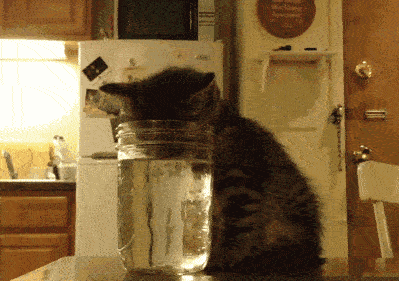
But it isn’t just because they don’t like drinking water. Cats are carnivores and it’s been ingrained in their DNA to get most of their moisture through consuming the food they eat. As a result, they don’t feel the need to hydrate.
How then, would you know if your cat isn’t taking in enough water and is dehydrated?
Common Causes of Dehydration in Cats
- Overheating in hot weather
- Vomiting and diarrhoea
- Blood loss
- Illness
- Lack of fluid intake
- Increased urination
Why It Is Important to Recognise the Signs of Dehydration in your cat
Dehydration, if left untreated, could lead to severe health issues in your cat such as urinary diseases, kidney disease, cystitis and more. With that being said, it is vital that we identify the symptoms of dehydration as early as possible before it escalates into something serious.
9 Signs of Dehydration
1. Sunken Eyes
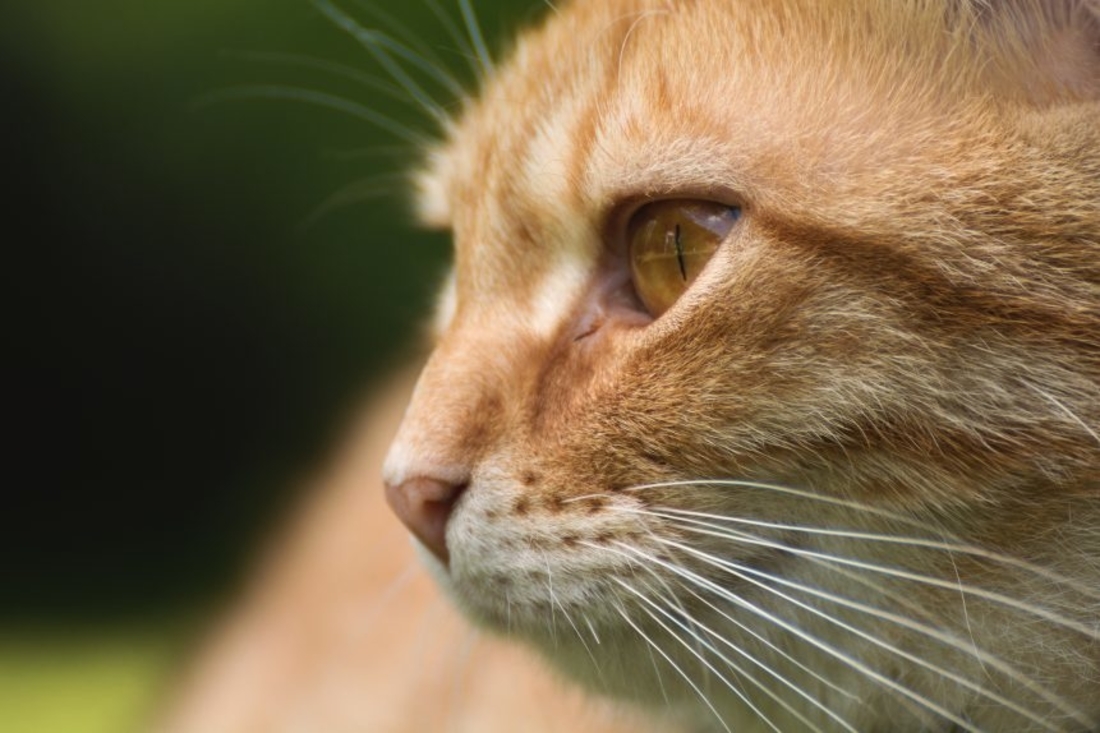
Very thin cats, older cats and cats with chronic illnesses may normally have sunken eyes. However, if you’re suddenly noticing that the eyes of your otherwise healthy cat are sunken into its sockets and appear dull instead of looking like its usual shiny twin orbs, it’s highly likely that your cat is dehydrated.
2. Poor Skin Elasticity
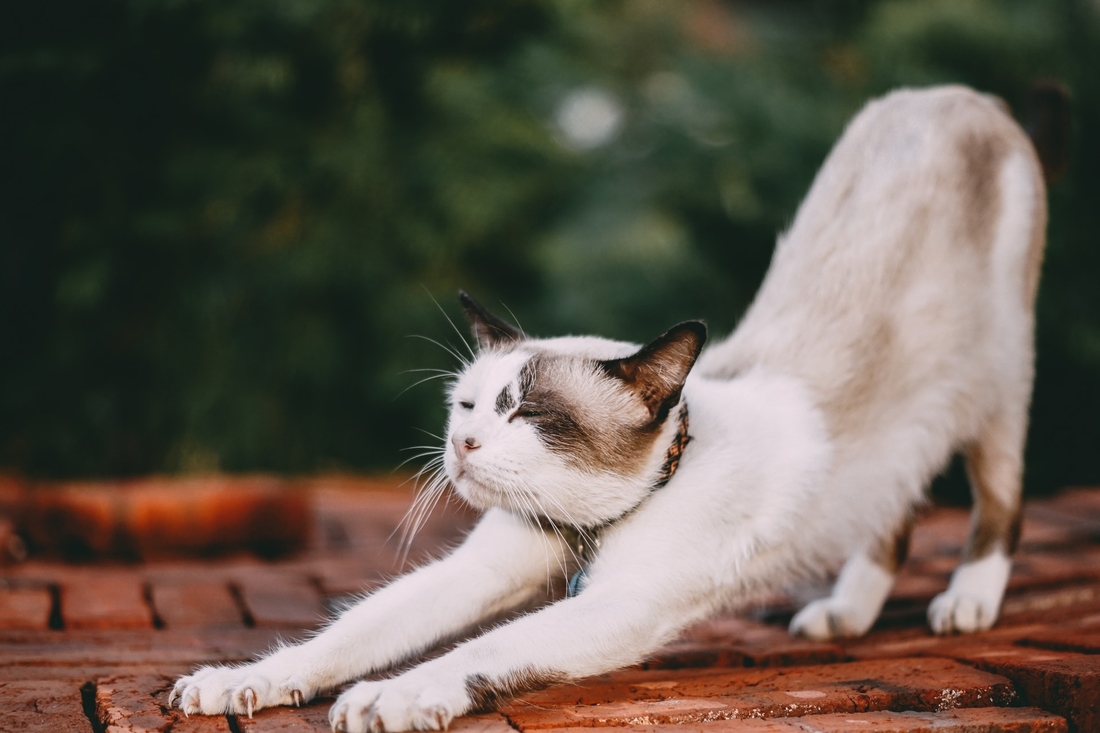
This is probably one of the most reliable ways to tell if your cat is dehydrated! Check the elasticity of your cat’s skin by gently pulling up some skin at the scruff of its neck. You’ll find that your cat’s skin snaps back into place quite slowly if it is dehydrated.
3. Dry, Sticky Gums
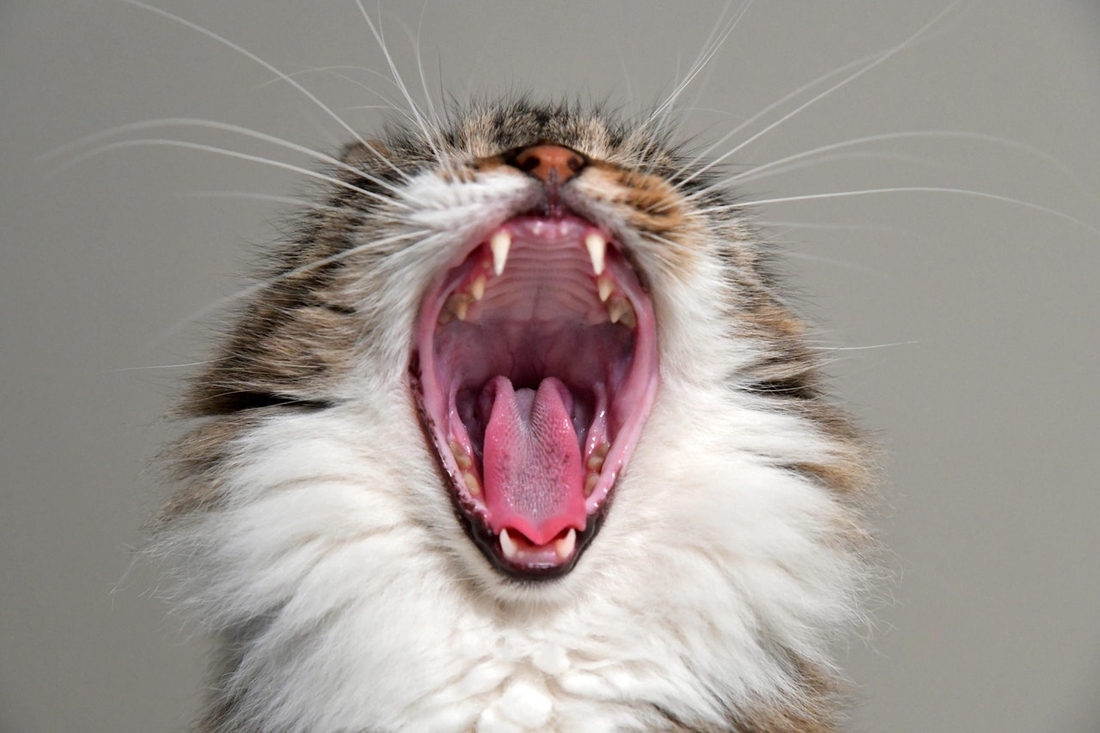
A well-hydrated cat has gums that are pink and moist. If they are dry and sticky to the touch, it’s a sure-sign of dehydration. Thick, ropey saliva is another indication of dehydration.
4. Constipation
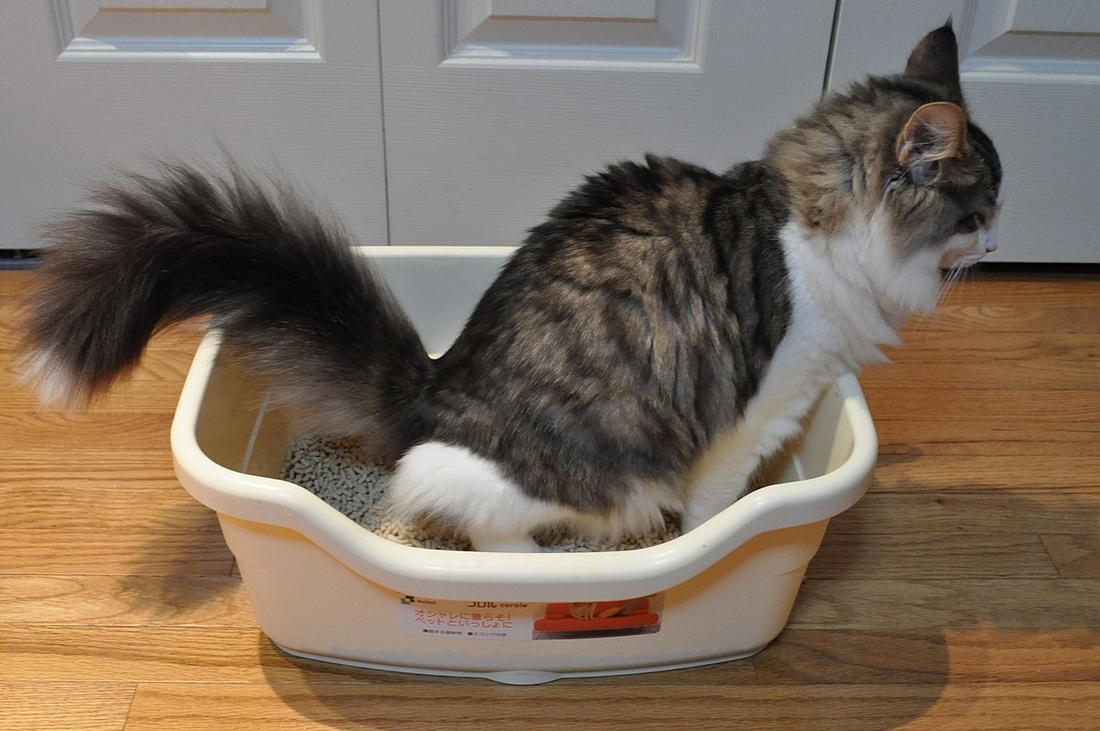
Has your furkid been visiting the cat toilet less frequently than usual? Examine its litter! Dehydrated cats are usually constipated. If you see only several small, hard pieces of stool, it’s a sign that your cat lacks sufficient fluids in its body.
5. Lethargy
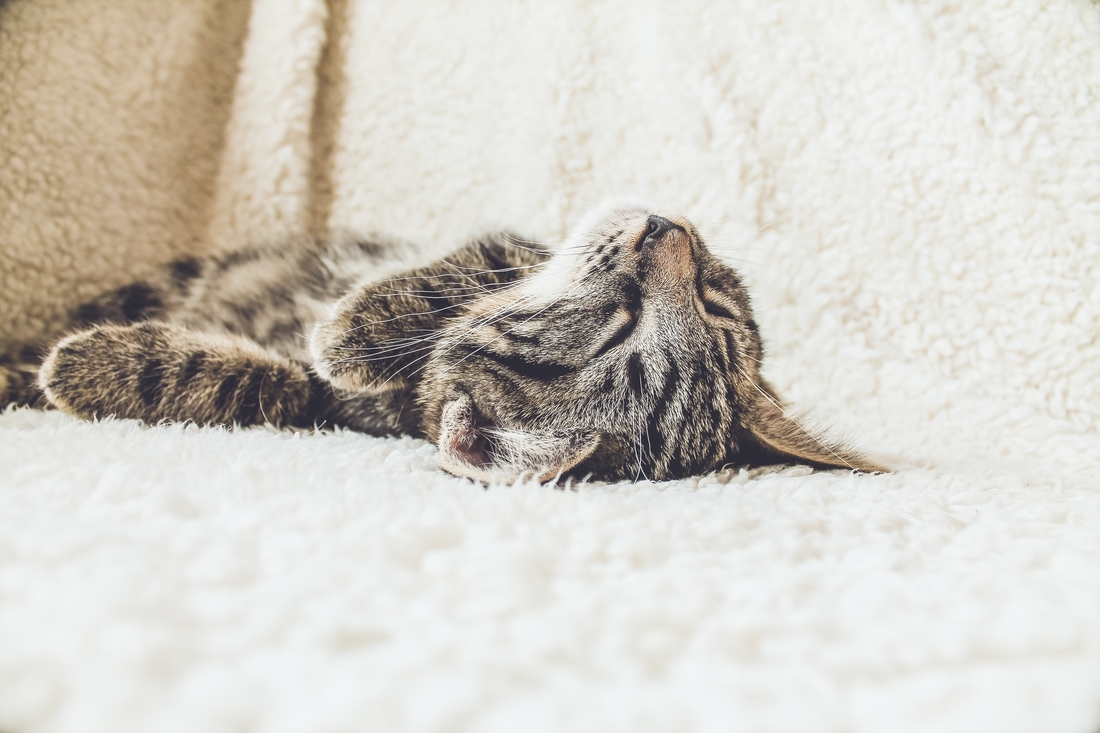
Cats typically sleep a large percentage of the day so it might take awhile for you to notice when their lethargy is an indication of something medically wrong. Does your playful cat no longer react to you holding out its favourite toy? Does it sleep a great deal more than usual? If you’re answering “yes” to these questions, there’s a possibility that your cat is dehydrated or it could be a sign of some other illness.
6. Loss of Appetite
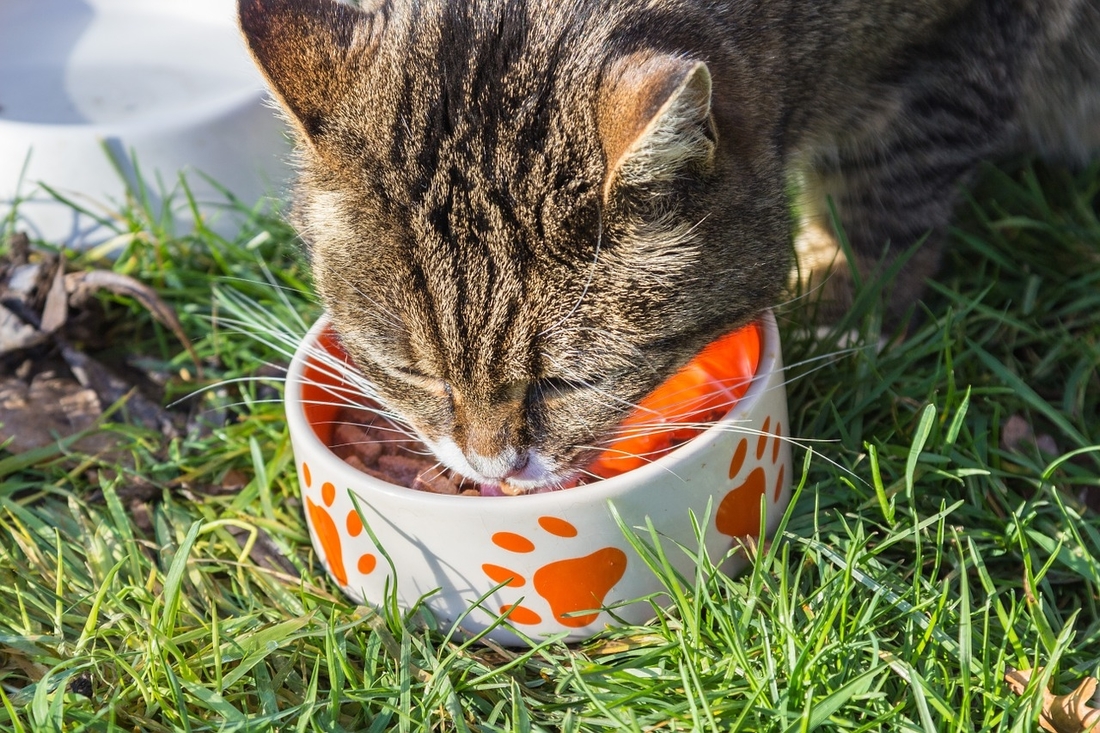
Another symptom of dehydration in your cat is the loss of appetite. Dehydration reduces blood flow to your cat’s digestive tract which inadvertently leads to a decrease in appetite. Suddenly your cat is rejecting all its favourite foods like that delicious CIAO Grilled Tuna treat that it normally goes crazy for.
7. Fast Heart Rate
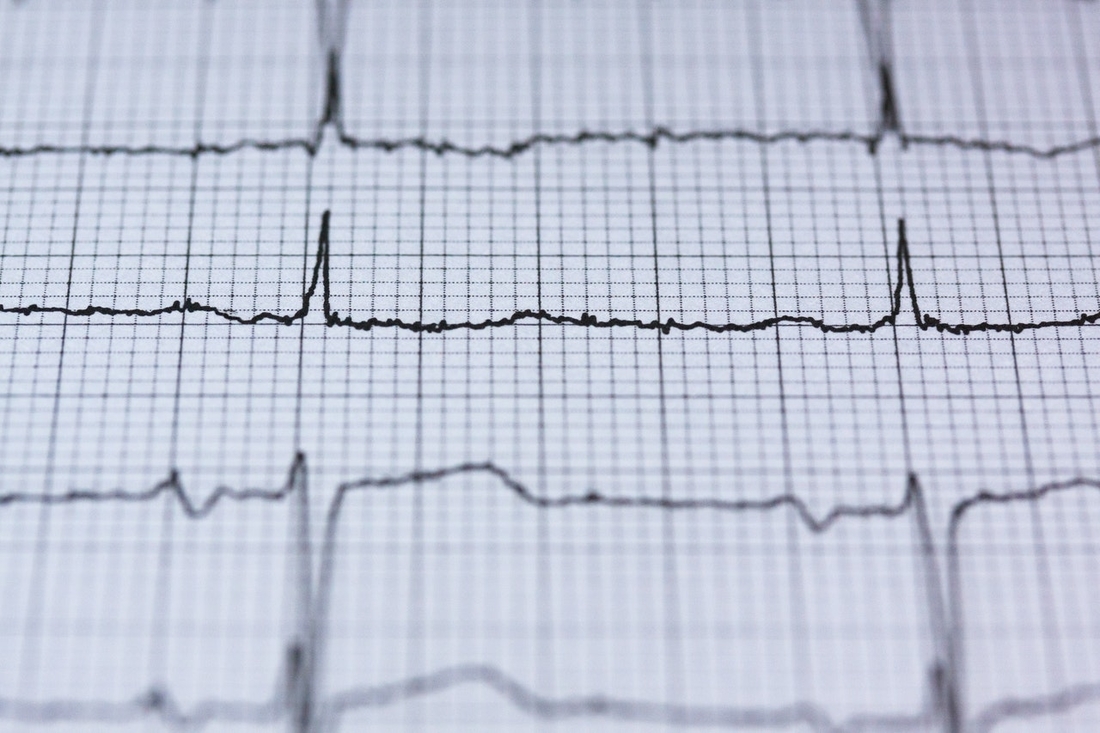
Dehydration causes blood to thicken which causes your cat’s heart to work harder to pump blood to the rest of its body. This raises its heart rate. The normal heart rate for cats is between 160 and 240 beats per minute. If your cat’s heart rate is higher than that range, it is like that it has some hydration issues.
8. Poor Capillary Refill Time

Try pressing your finger to your cat’s gum (it should turn white) and then releasing it. As you release your finger, count the number of seconds it takes for your cat’s gums to return to its normal colour. If it takes longer than 2 seconds for your cat’s gum to turn back to pink, it is an indication than your furkid is dehydrated.
Also, if your cat’s gums are already very pale before you press on them, it could be a sign that it is severely dehydrated. Best to take it to the vet ASAP!
9. Panting
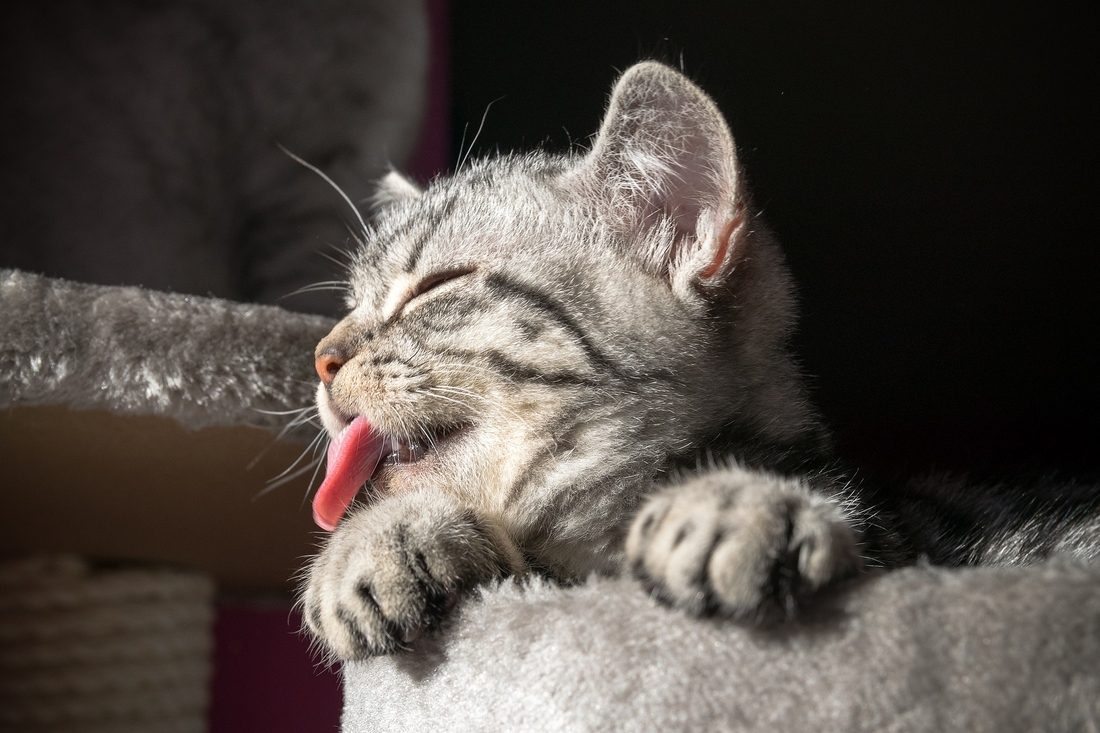
Dogs pant as a way of cooling down when they’re overheated. But cats? That’s usually an anomaly, especially when they have only been spending the better part of their day lounging around the house. When this happens, it is likely a sign of discomfort from dehydration.
How Can you Prevent Dehydration in Your Cat?
We mentioned earlier that dehydration could very quickly lead to greater illnesses if left untreated. The quicker you recognise the signs of dehydration, the easier it would be to treat your cat. The best way to get your cat well-hydrated again is to observe its behavior and pinpoint the exact cause of dehydration.
Perhaps you’ve been leaving your cat’s water bowl too close to its food? Maybe your cat just doesn’t like to drink from still water? Consider getting a cat water fountain! Or perhaps its water bowl is too deep and your cat doesn’t like its whiskers brushing against the edges? It could even be that your feline friend doesn’t even like drinking water. If that is the case, you may want to include some canned cat food into their diet for they contain up to 80% moisture! Even adding some tasty bone broth to your cat’s regular meals would boost your cat’s hydration
However, if you think the cause of dehydration could be attributed to a more serious issue, it’s best to take your cat to the vet immediately.
Read more: Understanding Your Cat’s Body Language
*Featured Image Source: Pixabay

